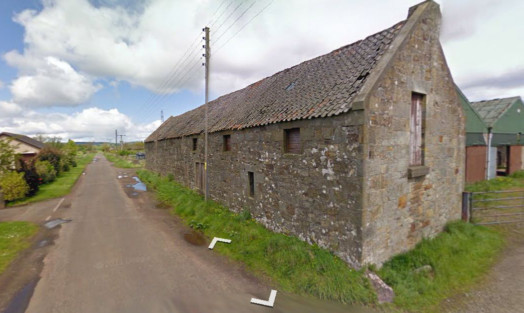A 300-year-old farm steading will have to be rebuilt brick by brick after it was demolished without consent, sparking a “violent” backlash from locals.
Cocklaw Developments’ Ken Thomson was refused permission to tear down an old outbuilding at Boreland Farm, near Cleish, in Kinross-shire.
The Fife-based firm’s bid was rejected by councillors in 2007 and then again following an appeal to the Scottish Government.
But a meeting of Perth and Kinross Council’s development management committee heard that Mr Thomson reduced the building to rubble without authorisation, amid health and safety fears.
The developer was accused of “driving a coach and horses” through planning regulations.
Cocklaw Developments must now rebuild the steading exactly as it was, using the original stone. Councillors also agreed to grant consent for eight new homes at the site.
The committee heard that a report from 2009 said that the steading was capable of conversion. However, Cocklaw said the property’s condition quickly deteriorated after that.
The firm’s planning consultant, Joe Fitzpatrick, said Mr Thomson took the decision to carry out the demolition works himself.
“He was unaware of the severity of the consequences of his actions and for that he apologises,” Mr Fitzpatrick said.
Councillor Joe Giocopazzi, who gave up his seat at the committee to speak as a member of the community, said: “Clearly there has always been an intention to demolish this building.
“This steading disappeared one Saturday afternoon. It wasn’t a dismantling it was a demolition and it was a very quick one at that. My main concern was the community reaction.
“It was very swift and condemnatory and was actually almost violent. It was outrage, not only from the local community but also from the residents.”
The company secured planning consent in 2010 to convert the steading into three homes, rather than demolish it.
Mr Thomsom could not be reached for comment.
